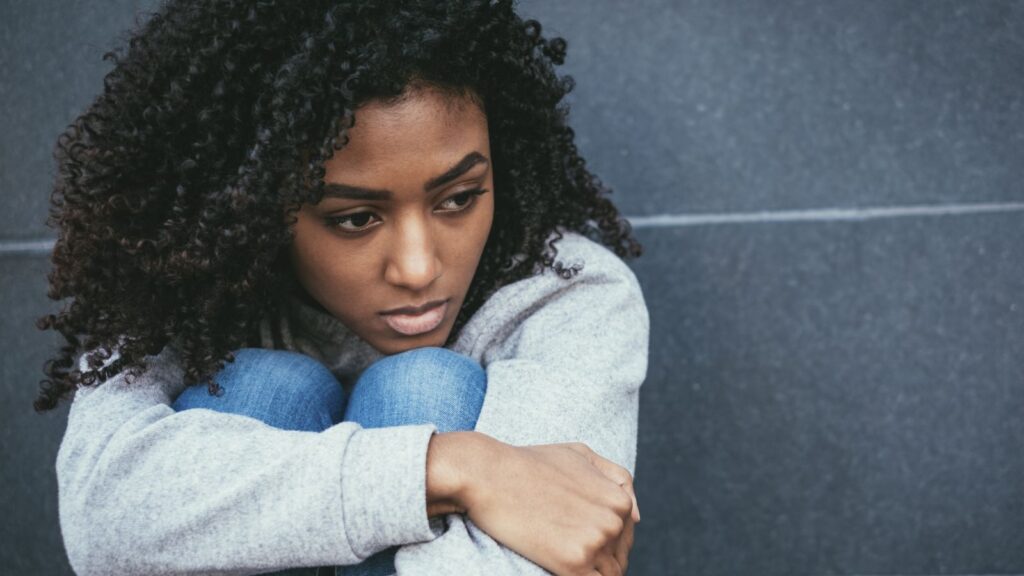Feeling safe and accepted is something we all deserve, but for many people of colour, predominantly white spaces can often feel unwelcoming and even threatening. It’s not just about physical safety; emotional and psychological safety are equally important. Here are 20 reasons why people of colour might feel unsafe in white spaces.
Lack of Representation

Positive representation “can be helpful in increasing self-esteem for people of marginalized groups,” says Psychology Today. But walking into a room and realising you’re the only person of colour can be incredibly isolating. When there’s a lack of representation, it can make individuals feel like outsiders. It’s a constant reminder that you’re different and don’t fully belong. This can lead to feelings of alienation and discomfort, as there’s no one who shares your experiences or understands your cultural background.
Microaggressions

Microaggressions are subtle, often unintentional, comments or actions that can be deeply hurtful. These can include seemingly harmless remarks about someone’s hair, skin, or cultural practices. While these comments might seem small to some, they accumulate and can make people of colour feel constantly judged and misunderstood.
Stereotyping

People of colour often face stereotyping, which involves making generalisations about individuals based on their race, and this can manifest in various ways, such as assuming someone’s abilities or interests based on their ethnicity. These stereotypes are not only inaccurate but also dehumanising, and they reduce a person to a single aspect of their identity, making social interactions stressful.
Tokenism

Being the only person of colour in a predominantly white space can lead to tokenism. This is when someone is included to give the appearance of diversity without any real commitment to inclusivity. Tokenism can make individuals feel like they’re there to fill a quota rather than being valued for their unique contributions.
Cultural Misunderstandings
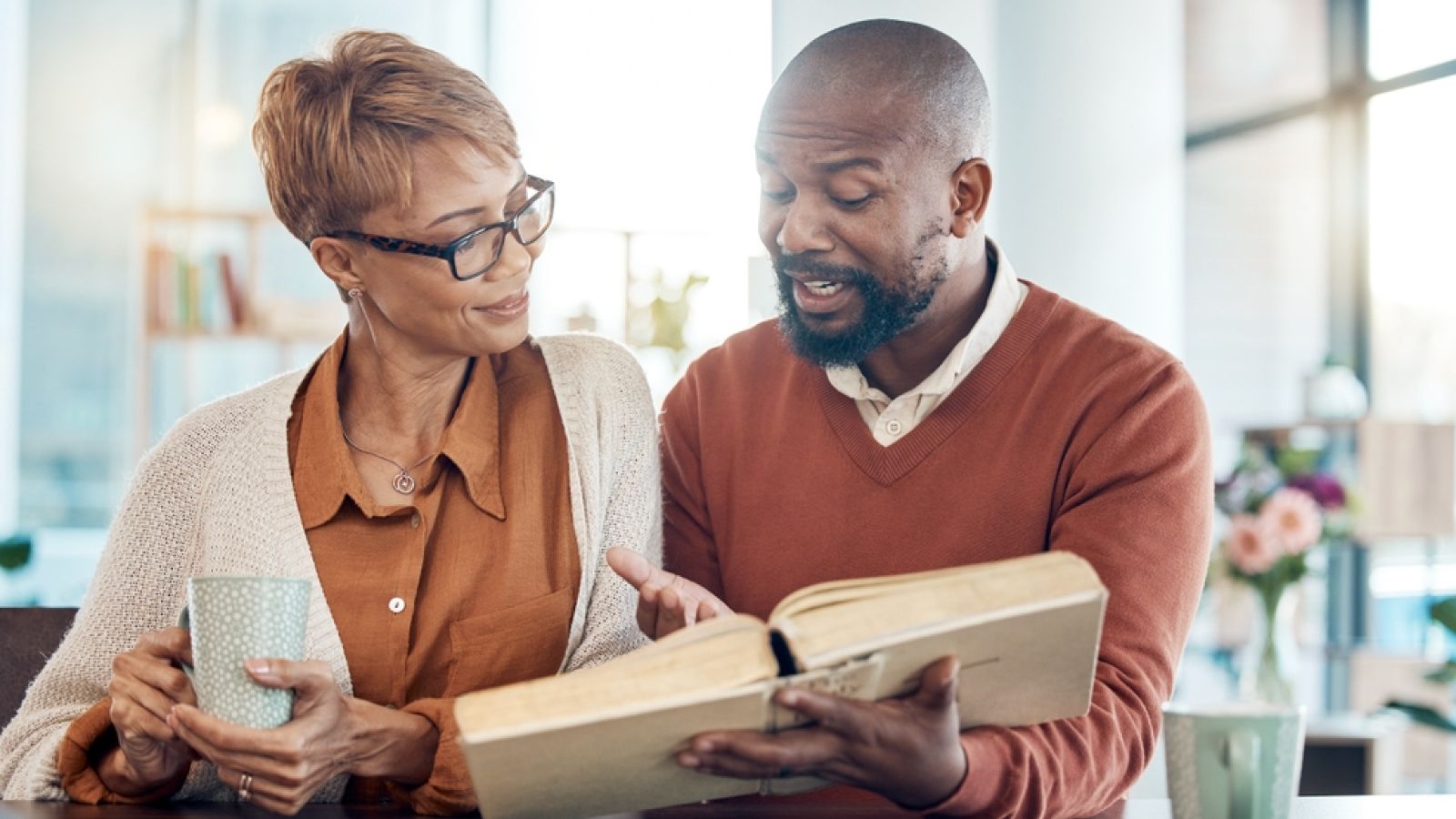
Cultural misunderstandings are common in places where there are more white people when people don’t take the time to learn about and respect different cultures. It can lead to miscommunication and offence. Even simple things like food preferences, religious practices, or traditional attire can become points of contention. These misunderstandings can make people of colour feel misunderstood.
Lack of Allyship

An absence of allyship can make white spaces feel even more isolating. Allyship involves supporting and standing up for people of colour, recognising their struggles, and actively working to create a more inclusive environment. When there are no allies, people of colour may feel like they have to fend for themselves, which can be exhausting.
Discriminatory Policies

Sometimes, the policies and rules in spots designed more for white people can be discriminatory, either overtly or subtly, and this could range from hiring practices to dress codes that don’t accommodate cultural attire. These policies can perpetuate inequality and make people of colour feel unwelcome.
Historical Trauma
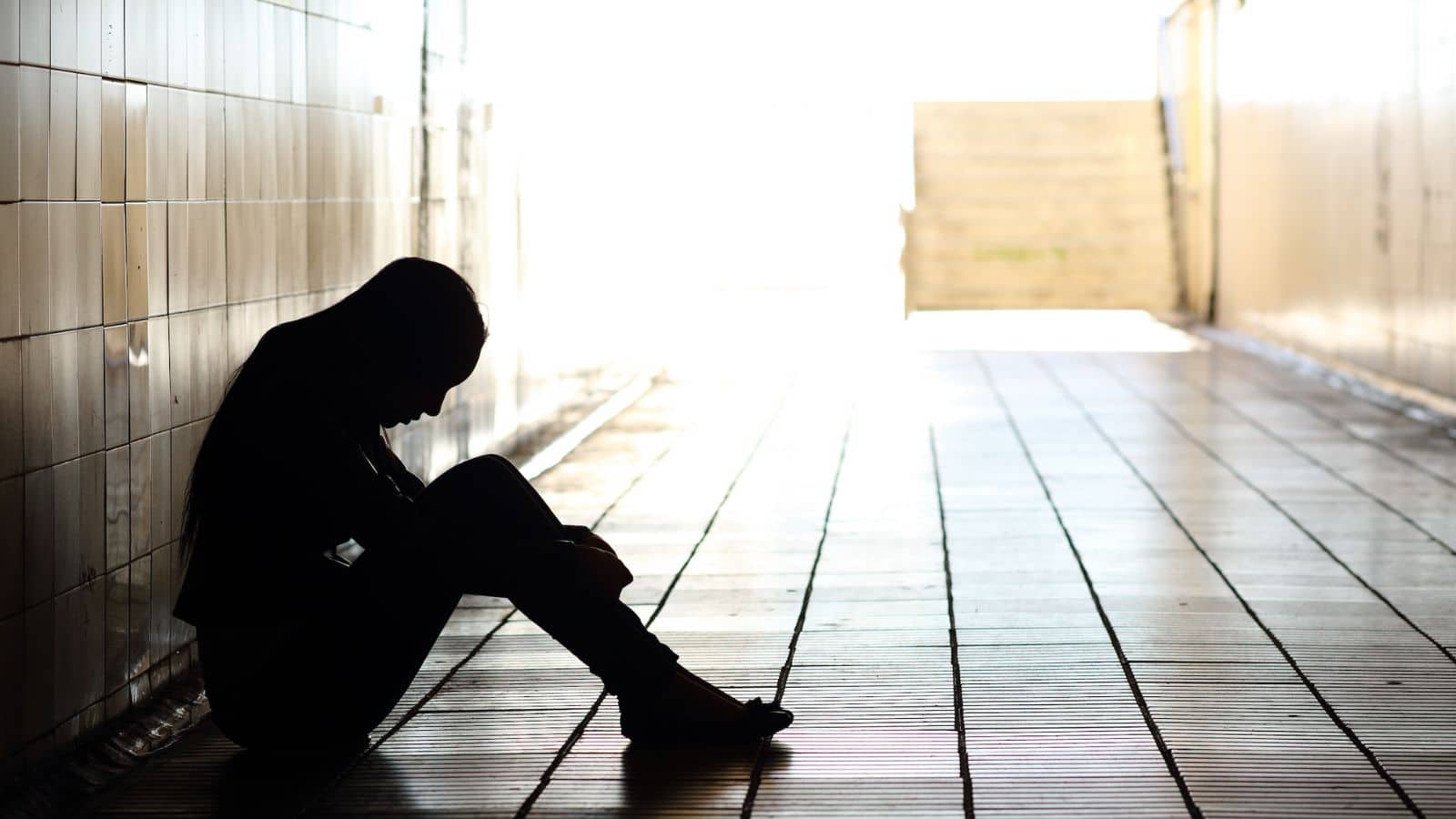
For many people of colour, the history of racial discrimination and violence is not just a thing of the past; it’s a lived reality that affects their daily lives. Predominantly white spaces can often be reminders of historical trauma, especially in places with a history of segregation or racial violence.
Invisibility and Erasure
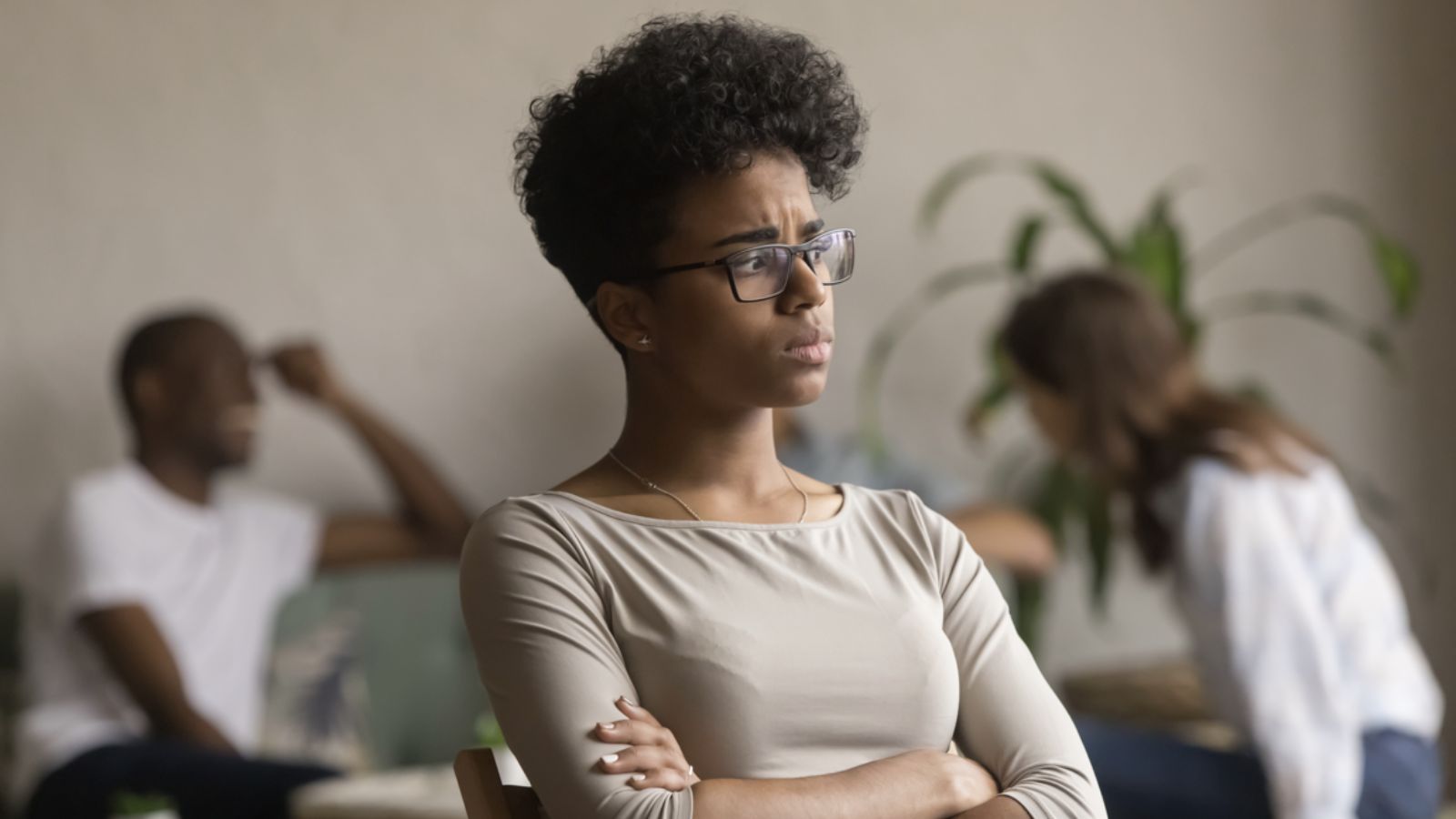
In many white-people spaces, the achievements and contributions of people of colour are often overlooked or ignored, and this invisibility can be incredibly painful. When history, media, and everyday conversations fail to recognise the impact of people of colour, it reinforces the notion that they don’t matter.
Exoticisation
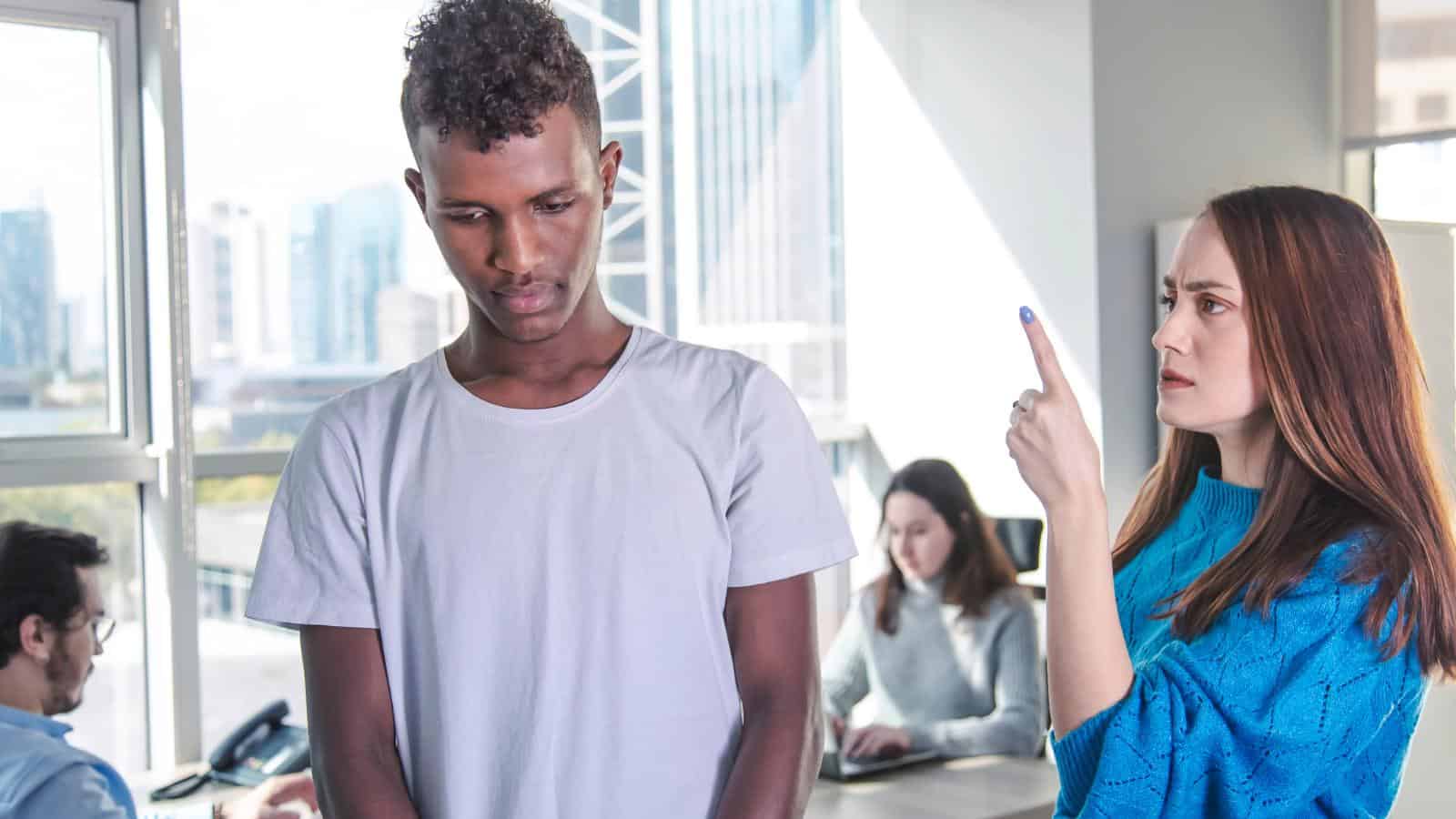
Exoticisation is when people of colour are treated as exotic or different in a way that objectifies them. This can include fascination with their appearance, culture, or customs, often reducing them to mere curiosities. While it might be intended as a compliment, it’s actually a form of othering that reinforces the idea of them being fundamentally different.
Implicit Bias

Referring to the attitudes or stereotypes that affect our understanding, actions, and decisions unconsciously, implicit bias can be done by even well-meaning individuals. In places designed with white people in mind, these biases can influence interactions in subtle but harmful ways, leading to discrimination and exclusion.
Lack of Cultural Competence

Cultural competence involves understanding and respecting cultural differences. But in the places white people mostly frequent, there’s often a lack of cultural competence, which can lead to insensitivity and misunderstandings. Without the willingness to learn and adapt, these environments can be alienating for people of colour.
Fear of Confrontation
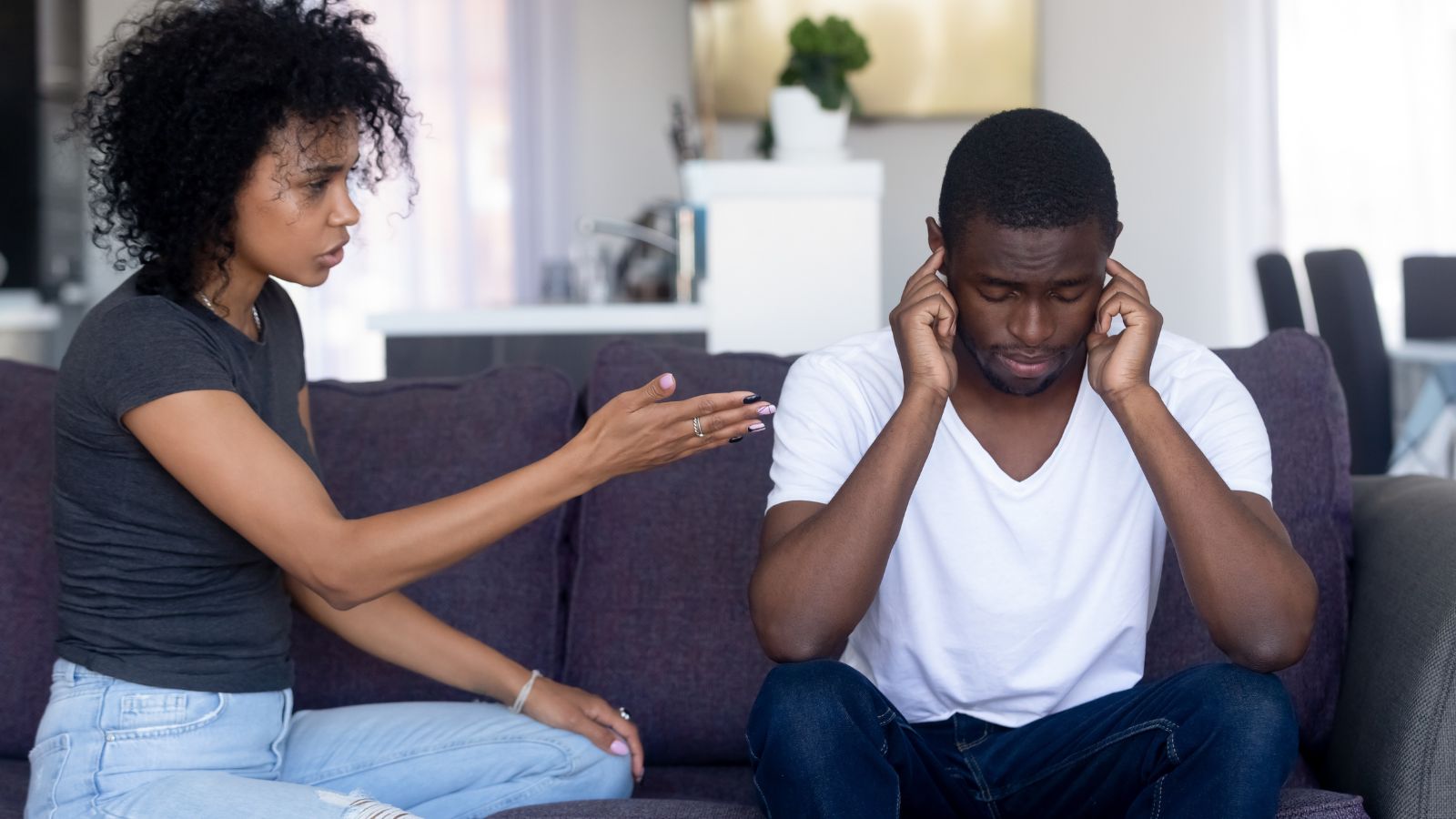
Speaking up about racism or discrimination can be daunting, especially in mainly white spaces where there might be a fear of backlash or minimisation of their experiences. This fear of confrontation can lead to people of colour suppressing their feelings and enduring unfair treatment in silence.
Pressure to Conform

In areas where there are more white people than people of colour, the latter might feel pressured to conform to the dominant culture, and this could mean altering their behaviour, appearance, or even speech to fit in. This pressure to assimilate can be exhausting and can strip away a person’s sense of identity.
Lack of Support Systems
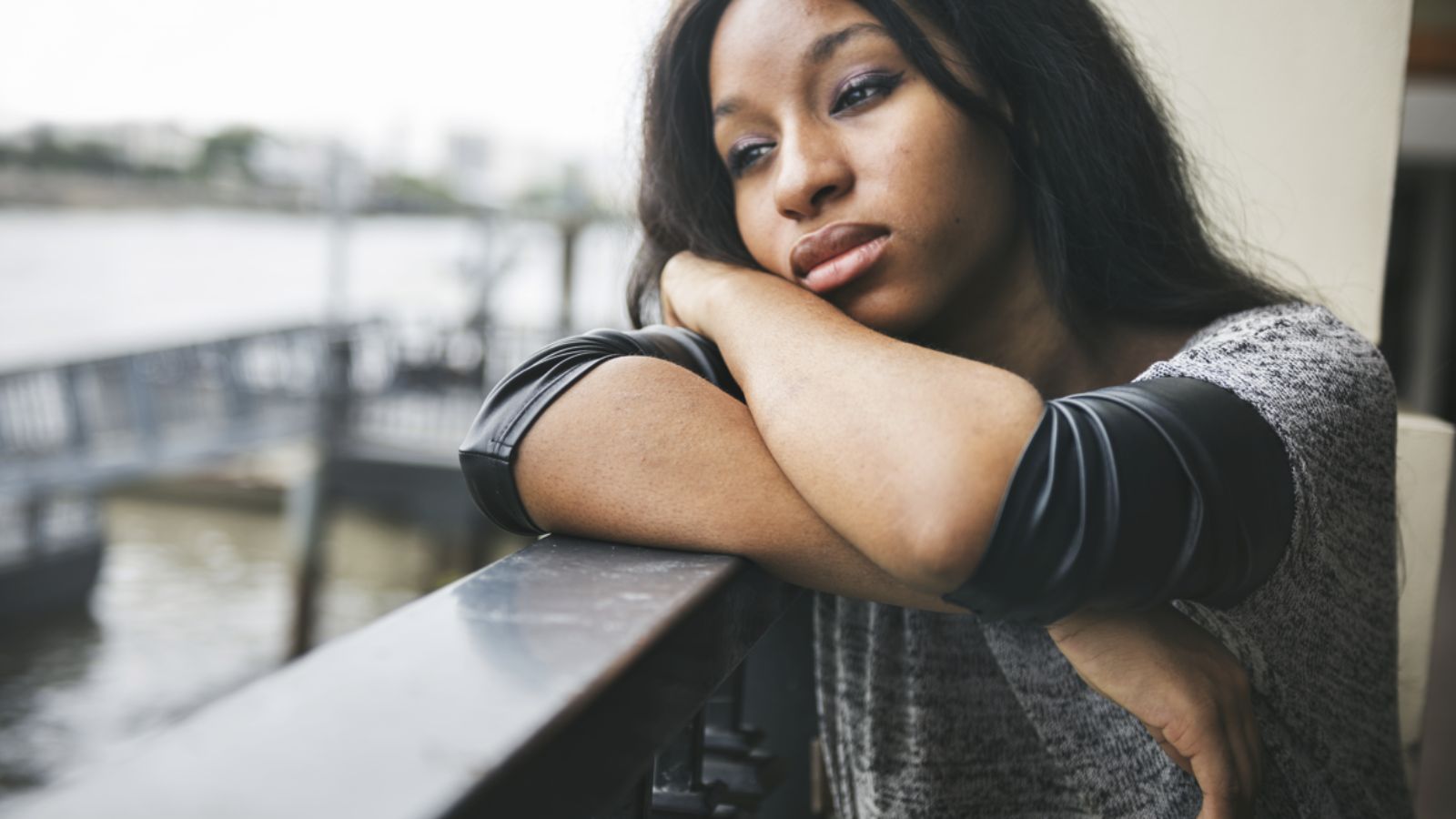
Support systems are crucial for anyone’s well-being, but in predominantly white spaces, finding a support network that understands and empathises with your experiences can be challenging. The lack of such systems can result in feelings of isolation and helplessness.
Racial Profiling
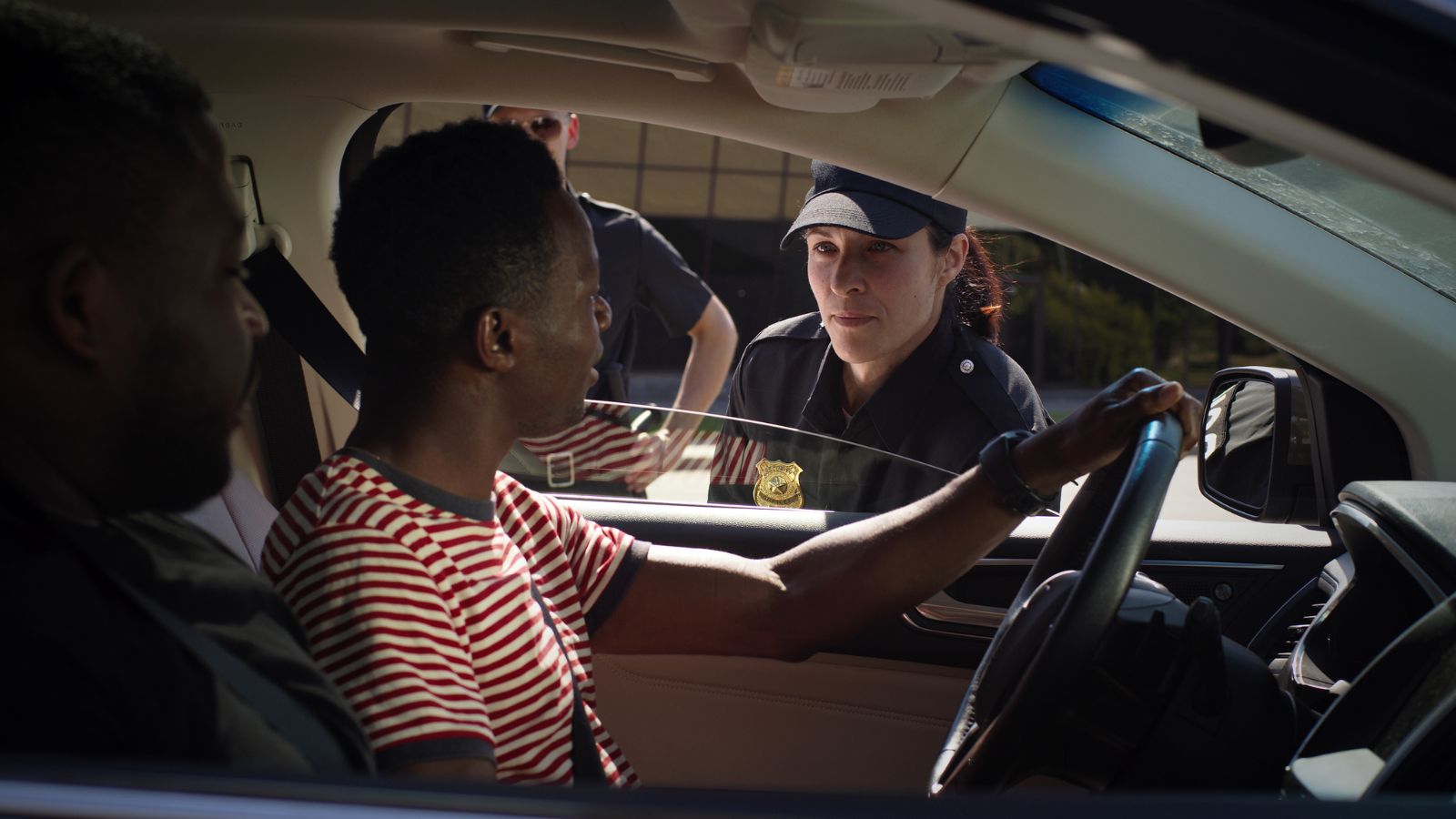
Racial profiling is a serious issue that people of colour often face in locations known for a higher number of non-Black people. This involves being unfairly targeted or scrutinised because of one’s race. Whether it’s being followed in stores, stopped by authorities, or questioned about their presence, racial profiling can be deeply traumatic.
Invisibility of Racism
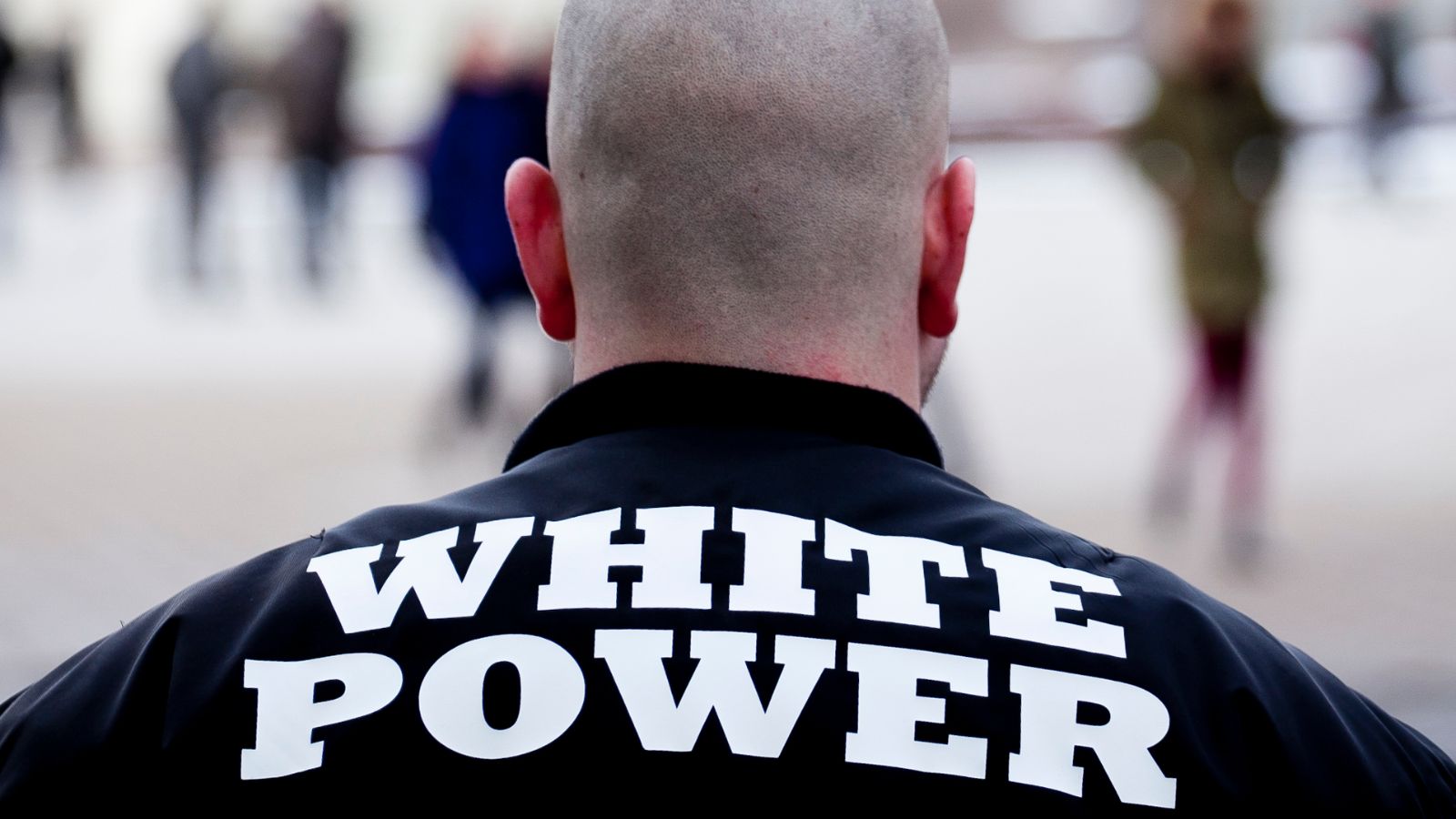
In many white spaces, racism is often downplayed or denied altogether. This invisibility of racism can make it difficult for people of colour to address their concerns. When their experiences are dismissed or minimised, it can create a toxic environment where they feel unsupported.
Lack of Role Models
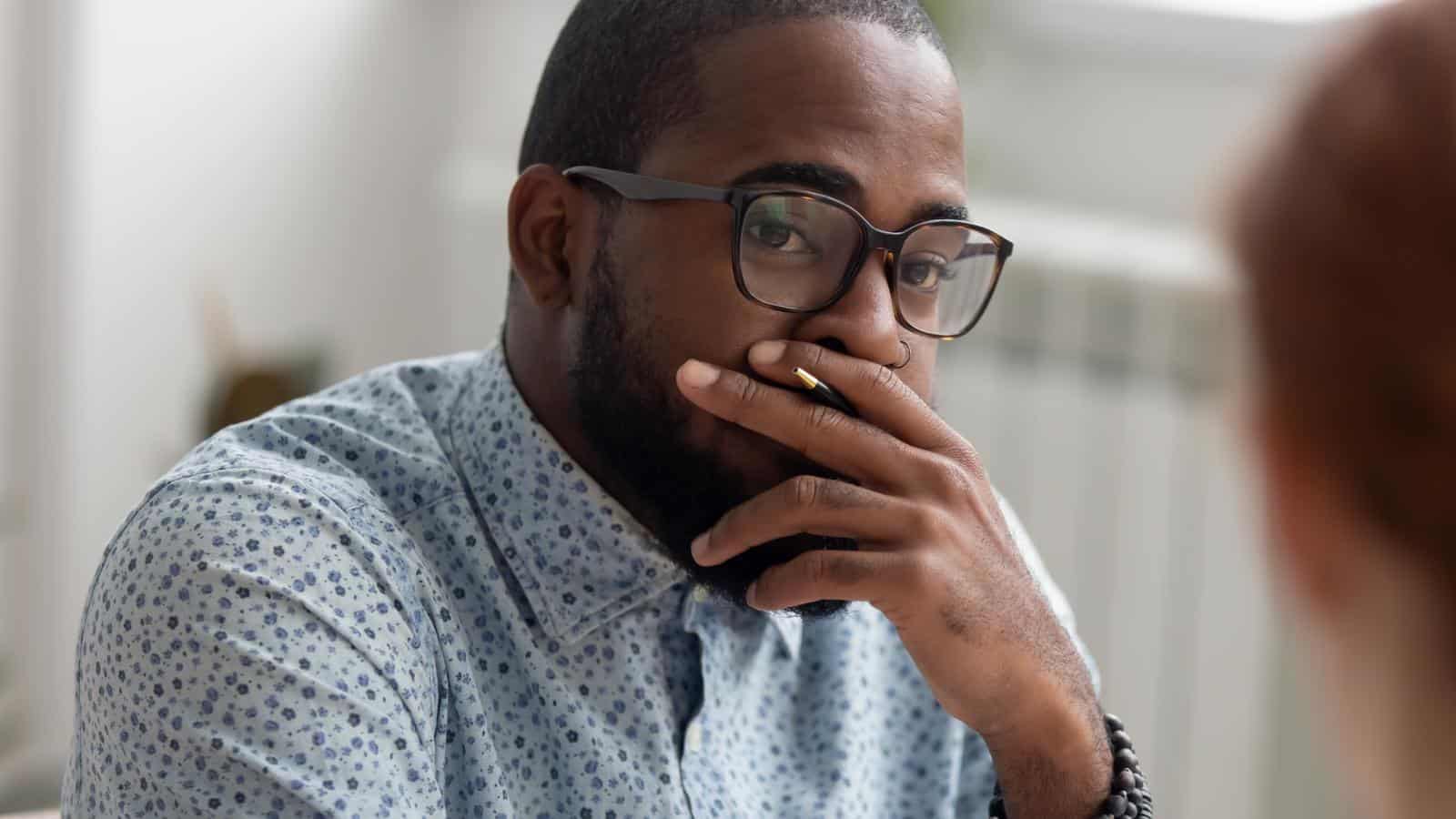
Having role models who look like you and share your background is important for personal and professional growth, which is why in places populated by white individuals, the absence of role models of colour can be discouraging. It can make it seem like certain achievements or positions are unattainable.
Cultural Appropriation

Cultural appropriation occurs when elements of a minority culture are taken and used by the dominant culture without understanding or respect. Often, this can be seen in fashion, music, and other cultural expressions. For people of colour, seeing their culture appropriated and often misrepresented can be painful—not to mention frustrating.
Constant Vigilance

One final reason for feeling unsafe can be the need to be constantly on guard. This vigilance is born from a need to protect oneself from potential discrimination, microaggressions, or outright hostility. This constant state of alertness can be mentally and emotionally exhausting, making it difficult to relax.

